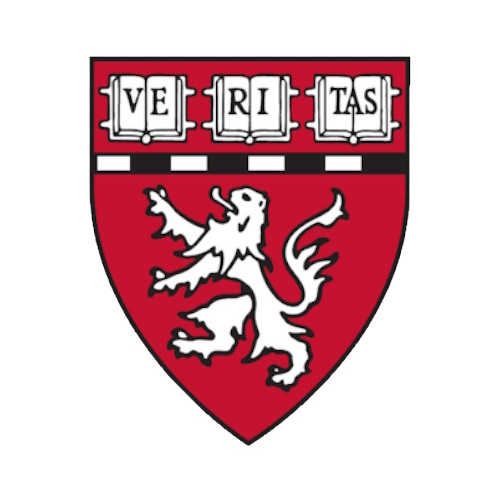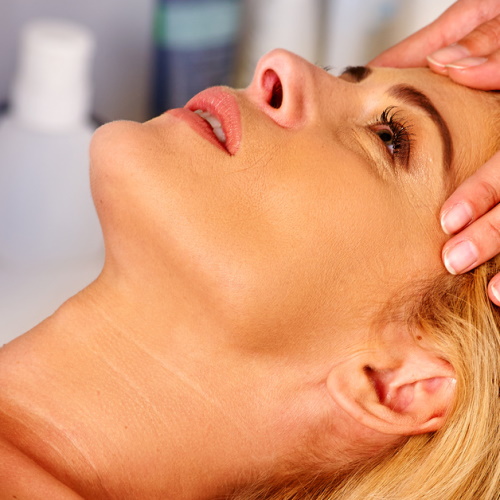Ageing is an inevitable part of life, but for many, the outward signs of ageing, particularly those affecting the skin, are a source of concern. Human skin, our largest organ and primary barrier against environmental factors, visibly reflects the passage of time. Scientists and dermatologists have long sought effective ways to slow, reverse, or mitigate the signs of ageing. Traditional methods like topical retinoids, laser therapies, and platelet-rich plasma offer benefits but come with limitations. However, a groundbreaking study on mRNA technology promises to transform the landscape of skin rejuvenation.
Complexity of Skin Ageing
Skin ageing occurs due to a combination of intrinsic (chronological) and extrinsic (environmental) factors. While chronological ageing is driven by natural processes such as reduced cellular turnover and accumulated molecular damage, extrinsic ageing stems from exposure to ultraviolet (UV) radiation, pollution, and other environmental stressors.
Chronological and Photoaging
Chronological ageing leads to:
- Epidermal thinning due to stem cell depletion.
- Loss of elasticity and dermal atrophy as fibroblast activity declines.
Photoaging accelerates these effects through:
- DNA damage and oxidative stress.
- Increased skin inflammation and collagen breakdown.
These ageing processes result in wrinkles, fine lines, and a loss of skin's youthful glow. Yet, the molecular mechanisms behind these changes remained elusive—until now.
Building a Comprehensive Skin Ageing Atlas
A team of researchers employed single-cell RNA sequencing (scRNA-seq) to create a detailed atlas of skin ageing. They analyzed skin samples from individuals spanning different age groups—young, middle-aged, and elderly—and studied both sun-exposed and sun-protected areas.
Key Findings from the Atlas
Cellular Diversity: The atlas identified 31 distinct cell subtypes in the skin, including basal stem cells, fibroblasts, melanocytes, and immune cells.
Age-Related Changes: Basal stem cells showed the most significant variability, with marked reductions in renewal capacity as individuals aged.
ATF3 as a Critical Gene: The transcription factor ATF3 emerged as a central regulator of ageing. Its expression decreased by 20% in aged basal stem cells, contributing to increased senescence and reduced collagen production.
This atlas serves as a valuable resource for understanding the cellular and molecular basis of skin ageing and guiding targeted therapeutic interventions.
Role of Basal Stem Cells in Skin Ageing
Basal stem cells, located in the lower epidermis, play a pivotal role in skin renewal and repair. They differentiate into keratinocytes, which maintain the skin's protective barrier. The study revealed a sharp decline in basal stem cell populations with age, highlighting their importance in combating skin ageing.
Differentiation Trajectories
Using pseudotime analysis, researchers mapped the developmental pathways of basal stem cells. They found:
A gradual reduction in renewal capacity during middle age.
Accelerated decline in renewal potential in photoaged skin.
These findings underscore the importance of targeting basal stem cells for effective skin rejuvenation therapies.
mRNA Therapy: A Game-Changer for Skin Rejuvenation
The advent of mRNA technology, popularized by COVID-19 vaccines, has opened new avenues for precise and targeted medical interventions. Unlike traditional treatments, mRNA therapy addresses the root causes of ageing at the molecular level.
Why mRNA?
mRNA delivers genetic instructions to cells, enabling them to produce specific proteins. This approach offers:
- Precision: Direct modulation of targeted genes.
- Safety: Temporary expression without permanent DNA alterations.
- Versatility: Applicability to various cellular processes.
ATF3 mRNA Treatment
Researchers developed an mRNA therapy targeting ATF3 in basal stem cells. The treatment involved synthesizing ATF3 mRNA and delivering it to keratinocytes in vitro. Key results included:
- Reduced Senescence: A 25% decrease in ageing-related markers.
- Increased Proliferation: Basal stem cell activity rose by 20%.
- Enhanced Collagen Production: Fibroblasts exposed to ATF3-treated keratinocytes showed a 200% increase in collagen synthesis.
These outcomes demonstrate the potential of ATF3 mRNA therapy to reverse skin ageing at the cellular level.
Intercellular Communication: Keratinocytes and Fibroblasts
The study also highlighted the crucial interplay between keratinocytes and fibroblasts in maintaining skin health. Fibroblasts, located in the dermis, are responsible for producing collagen and elastin, which give skin its firmness and elasticity.
Ligand-Receptor Interactions
Using conditioned media from ATF3-treated keratinocytes, researchers observed:
A rejuvenating effect on fibroblasts, reducing their senescence by 20%.
A dramatic upregulation of collagen-related genes, with over 10-fold increases in key markers like COL1A1.
This dynamic crosstalk illustrates how mRNA treatment targeting keratinocytes indirectly rejuvenates fibroblasts, enhancing the overall skin architecture.
Comparing mRNA Therapy to Traditional Treatments
While traditional anti-ageing therapies focus on surface-level improvements or single cell types, mRNA therapy offers a more comprehensive approach.
Limitations of Existing Methods
Retinoids: Effective but limited to improving superficial layers.
Laser Treatments: Require repeated sessions and may not address underlying cellular changes.
Platelet-Rich Plasma (PRP): Results vary and often focus solely on fibroblasts.
Advantages of mRNA Therapy
Targets basal stem cells, keratinocytes, and fibroblasts.
Addresses both intrinsic and extrinsic ageing mechanisms.
Offers scalable and cost-effective treatment options.
Future Implications and Challenges
The study’s findings pave the way for broader applications of mRNA technology in dermatology and regenerative medicine.
Expanding Applications
Potential uses include:
Treating inflammatory skin conditions like psoriasis.
Promoting wound healing by enhancing cellular repair mechanisms.
Addressing alopecia and other hair follicle disorders.
Integration with Other Technologies
Combining mRNA therapy with advancements in nanotechnology and drug delivery systems could further enhance its efficacy and accessibility.
Challenges
- Scalability: Developing cost-effective production methods for mRNA therapies.
- Ethical Considerations: Ensuring informed consent and equitable access.
- Long-Term Effects: Monitoring potential risks with repeated treatments.
Conclusion
The discovery of ATF3 as a regulator of skin ageing and the development of mRNA therapy marks a significant leap forward in dermatological science. By targeting the molecular mechanisms of ageing, this innovative approach offers a promising alternative to traditional treatments, addressing the root causes of skin deterioration.
As research continues, mRNA technology holds the potential to transform not only skin rejuvenation but also the broader field of regenerative medicine. The future of youthful, healthy skin may lie in the precise power of mRNA.
The study is published in bioRxiv. It was led by researchers from Harvard Medical School.







